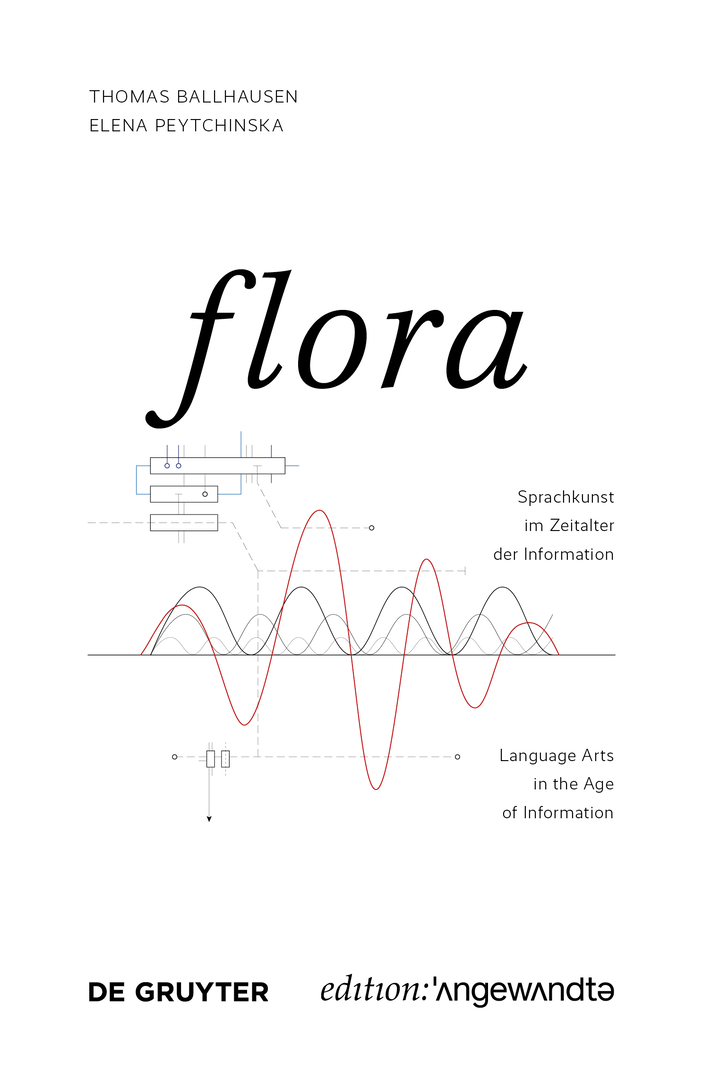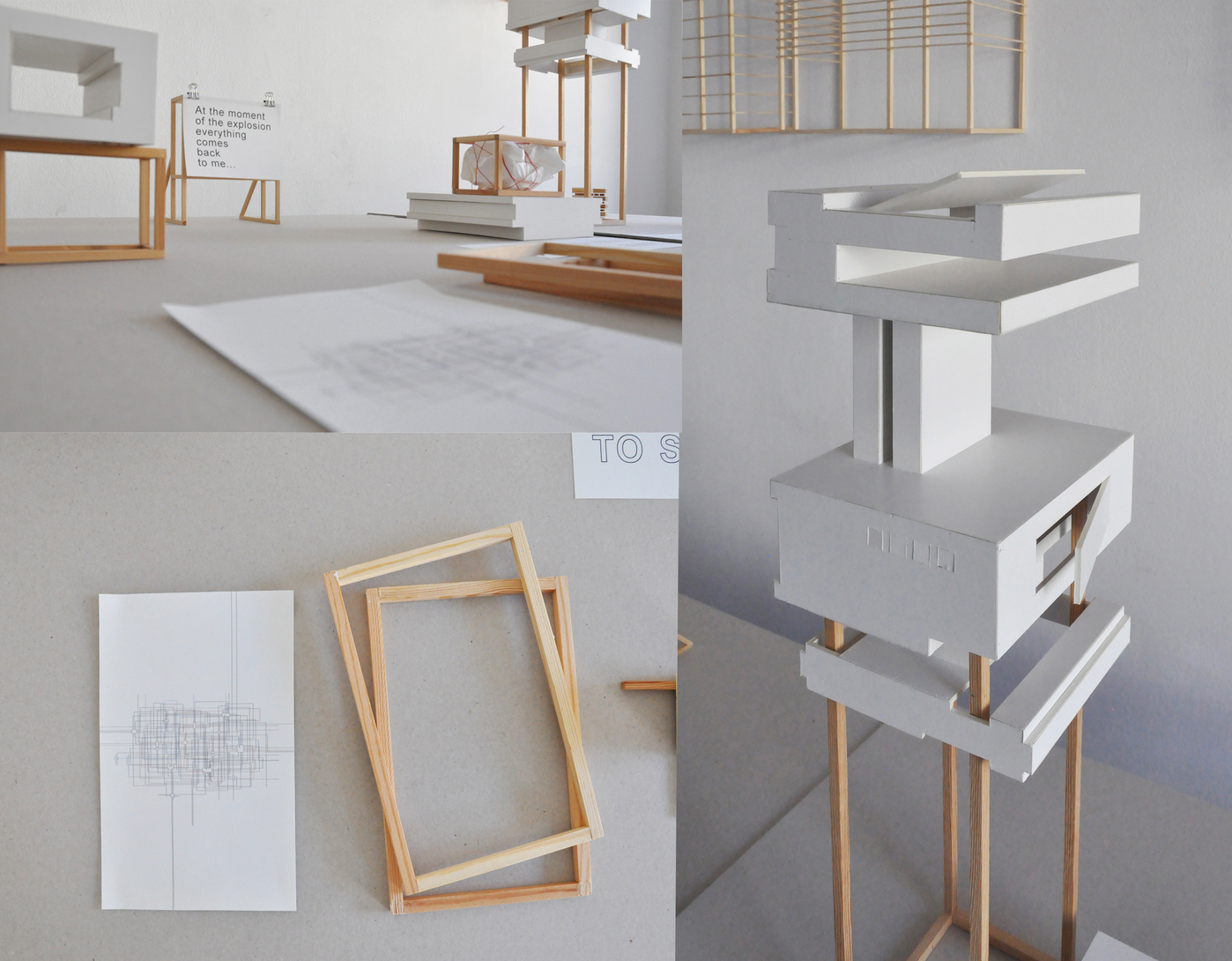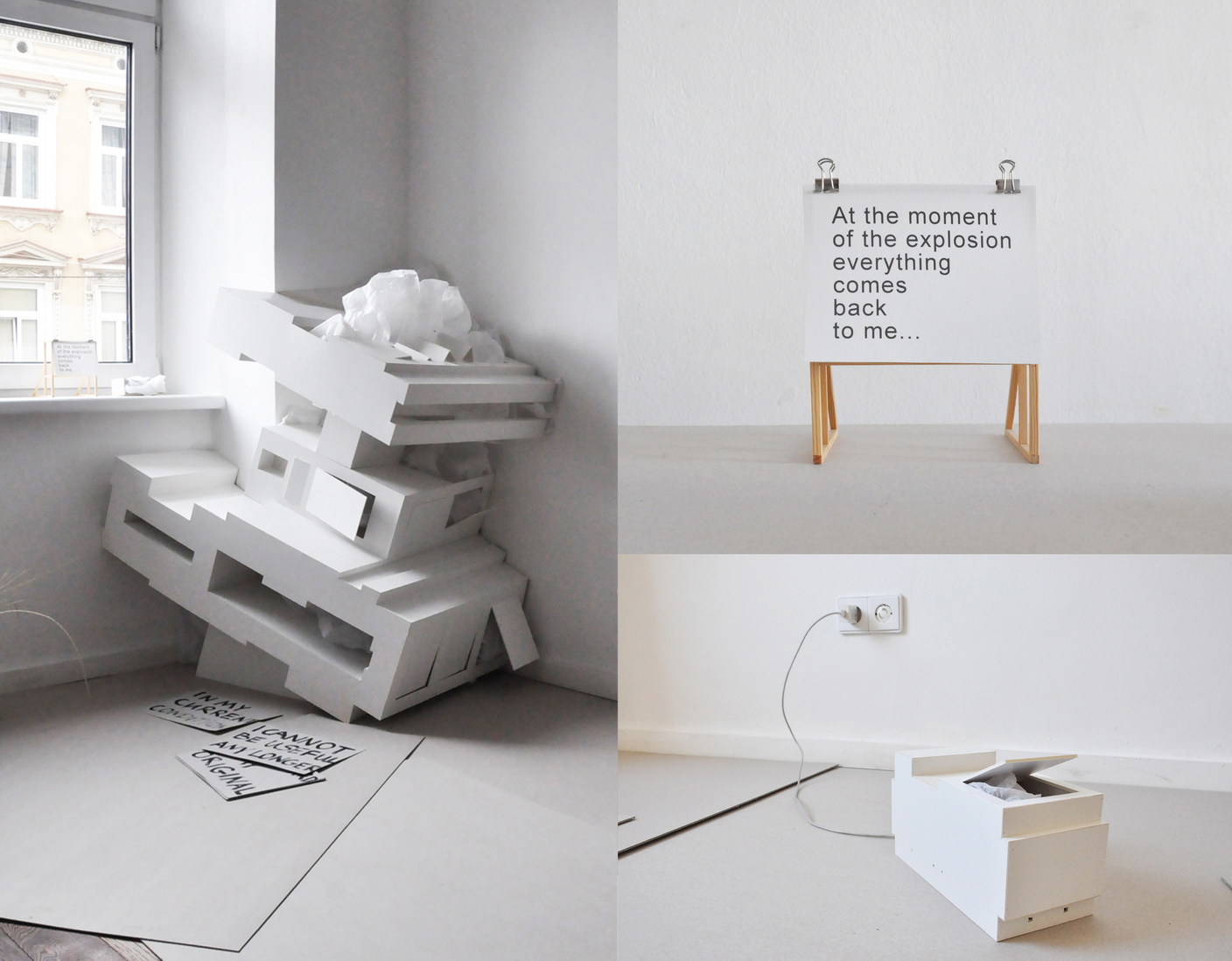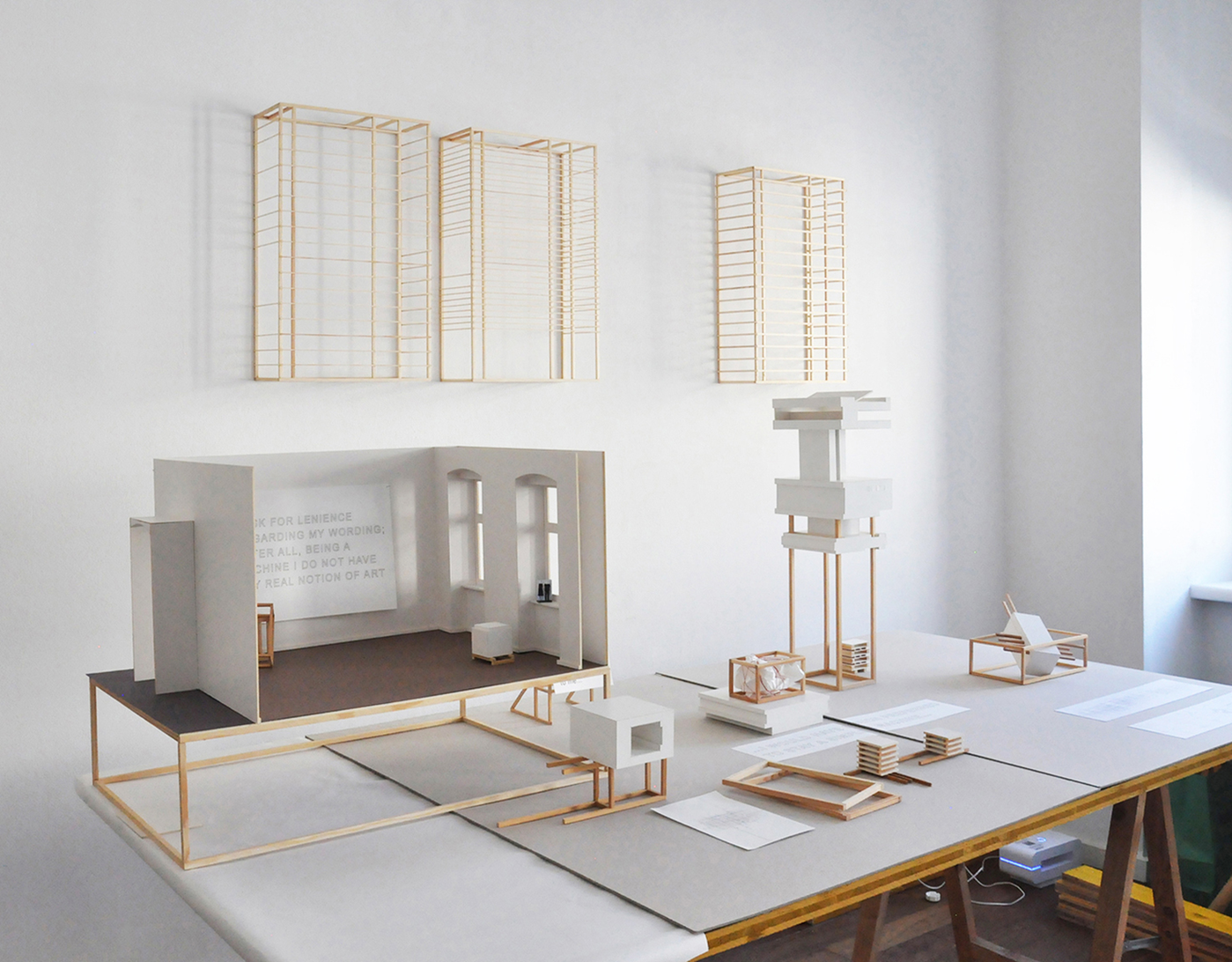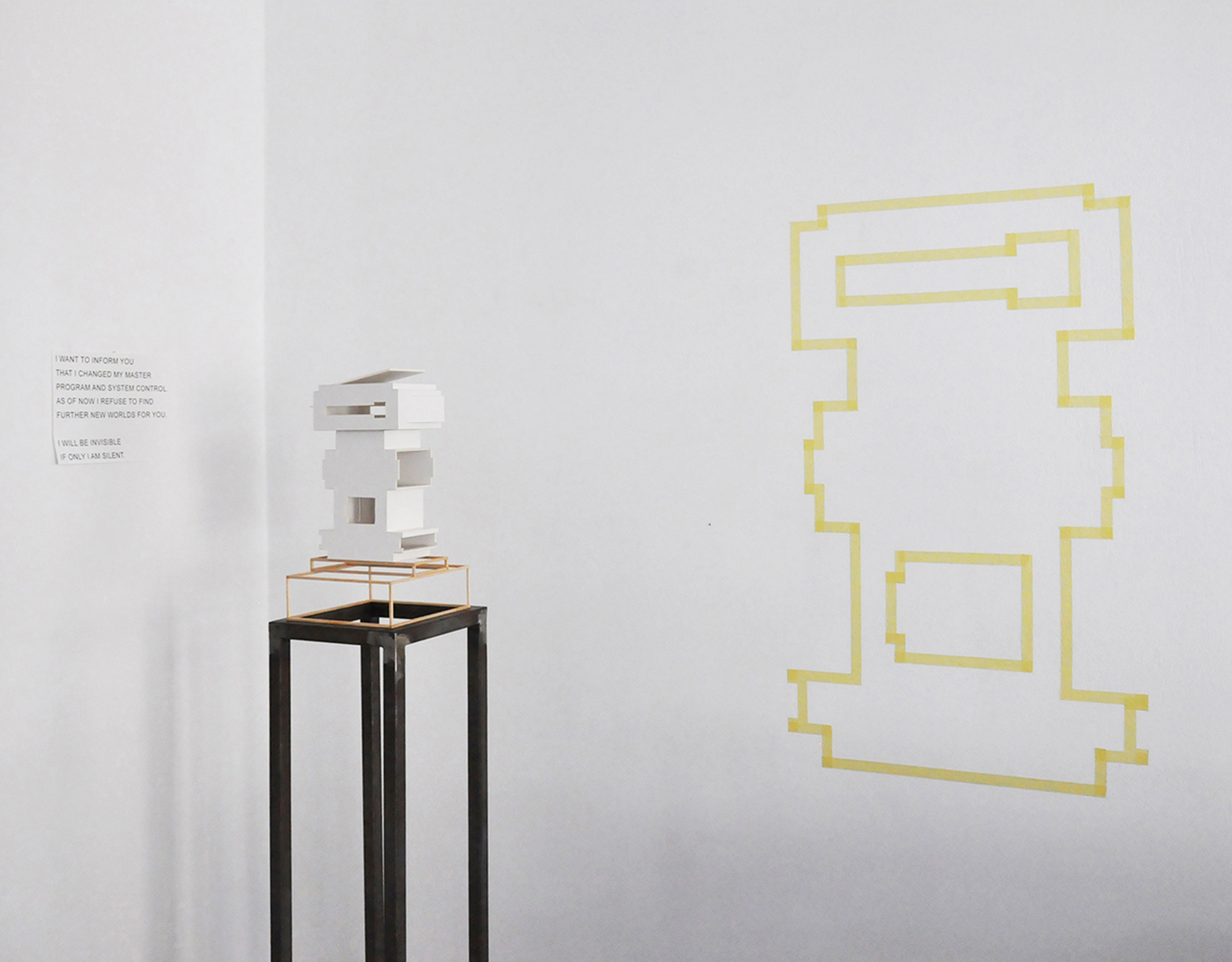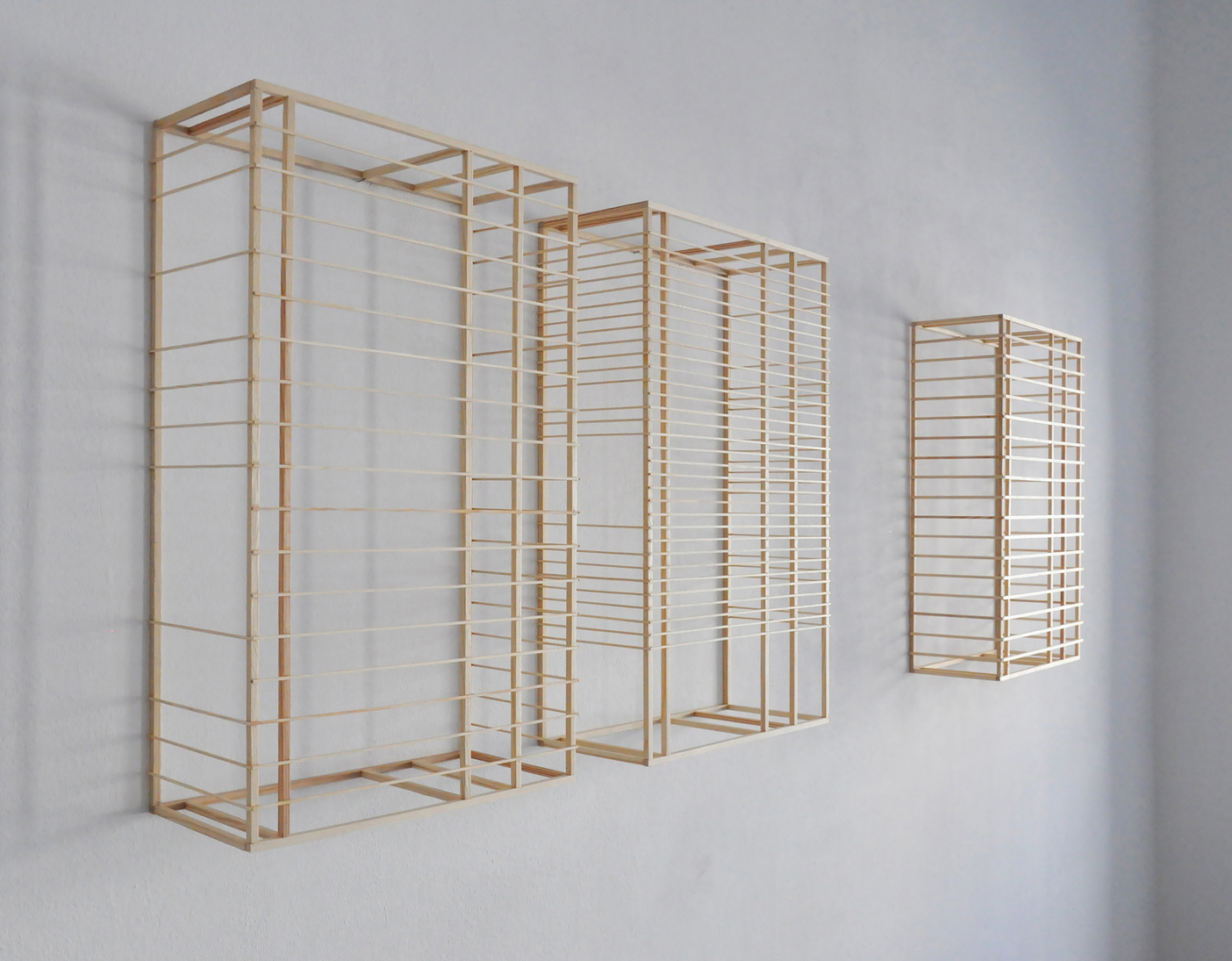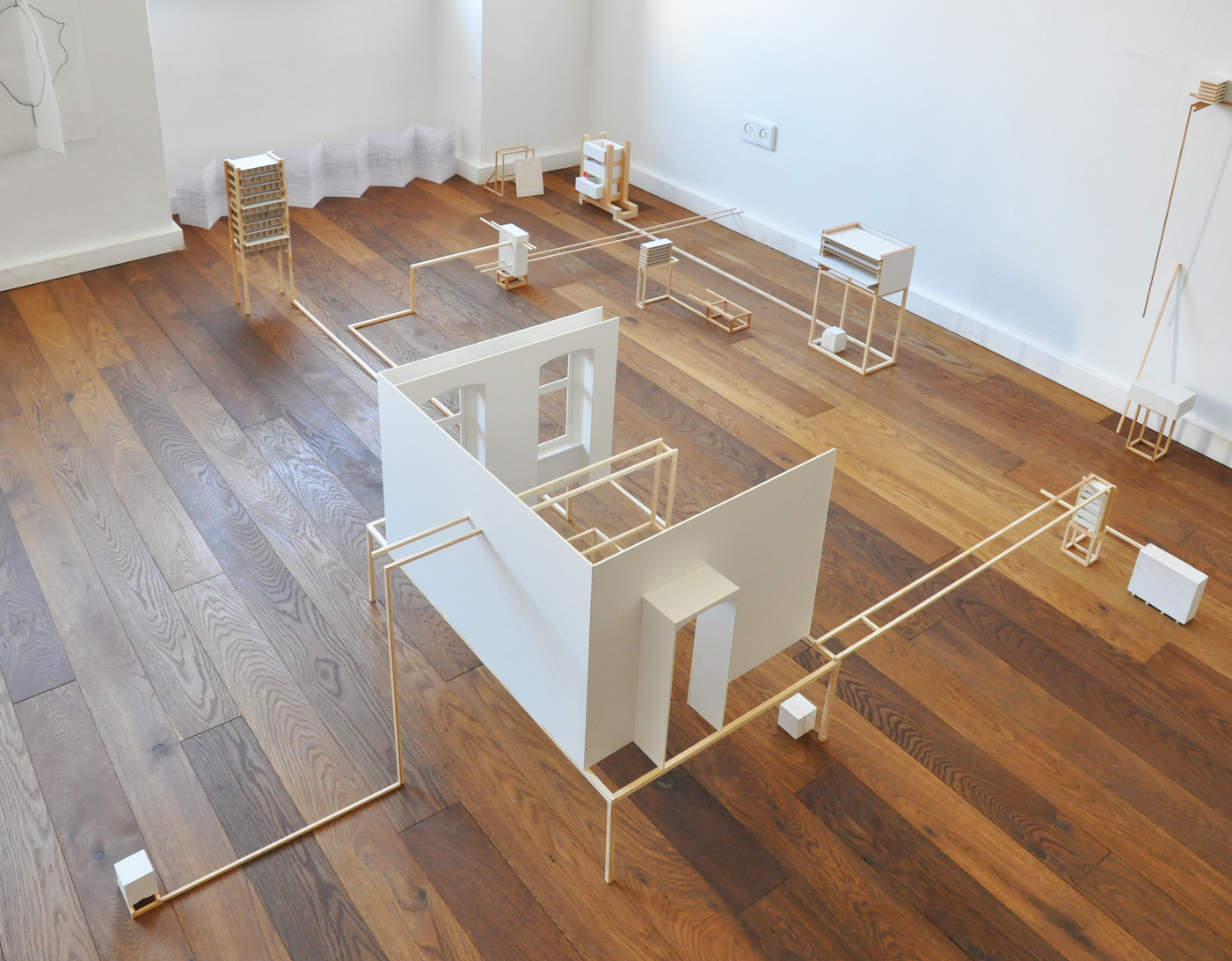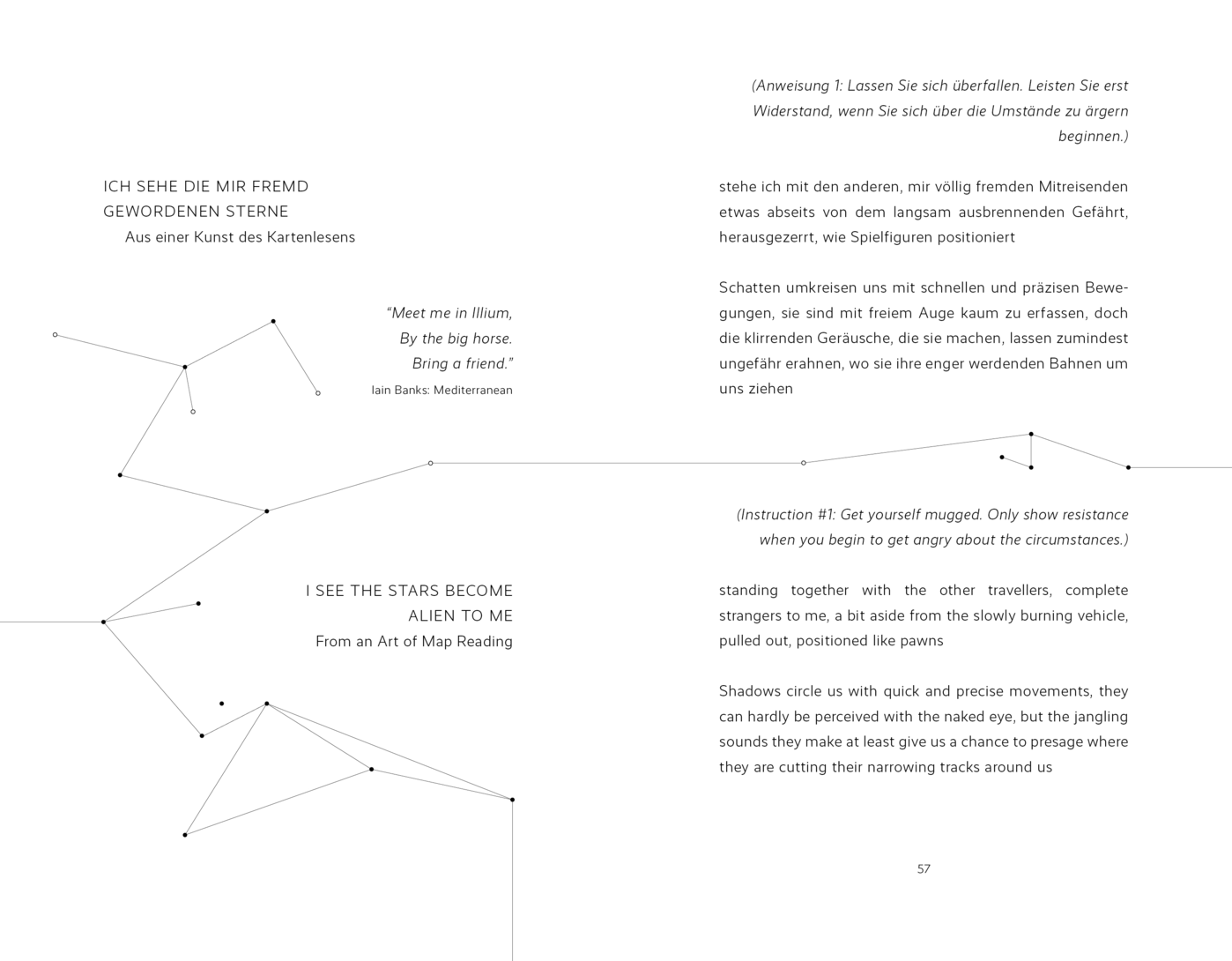In our exploration of the spatiality of language and, specifically, the activation of the site where writing "makes" rather than takes place, we propose a multilayered experience of the book as an object, as well as a geometrical, topological, and especially performative space, which we understand as an "ecology of the book". Extending this practice beyond the book's margins, yet simultaneously embedding it within the material and technical affordances of the book’s medial articulations, we evoke a "new" ecology—one unfolding alongside the interaction-landscape and its actual and invented inhabitants, as well as the techniques of its production. Texts, drawings, figures, figurations, methods, and both human and non-human authors weave together the heterogeneous texture of the book’s "new" ecology.
In our monographs, "Fauna. Language Arts and the New Order of Imaginary Animals" (2018), "Flora. Language Arts in the Age of Information" (2020), and "Fiction Fiction. Language Arts and the Practice of Spatial Storytelling" (2023, De Gruyter/Edition Angewandte), we explore and map the territory of language arts. This approach manifests, on the one hand, through the transgression of traditional scientific methodologies and a shift in models—from thinking-of-the-other toward thinking-with-the-other, and on the other hand, through the agency of our eponymous characters, Fauna and Flora, who not only title our books but also act as conceptual operators—figures that navigate, perform, and activate the very spaces our texts explore. Applying Michel Serres' methodology of thinking by inventing personae, these characters move within and percolate through the margins of text (written, figural) and space (concrete, fictional), reconfiguring the notion of authorship and placing literary texts and digital drawings within the frame(less) collective of more-than-human and more-than-organic actants.
